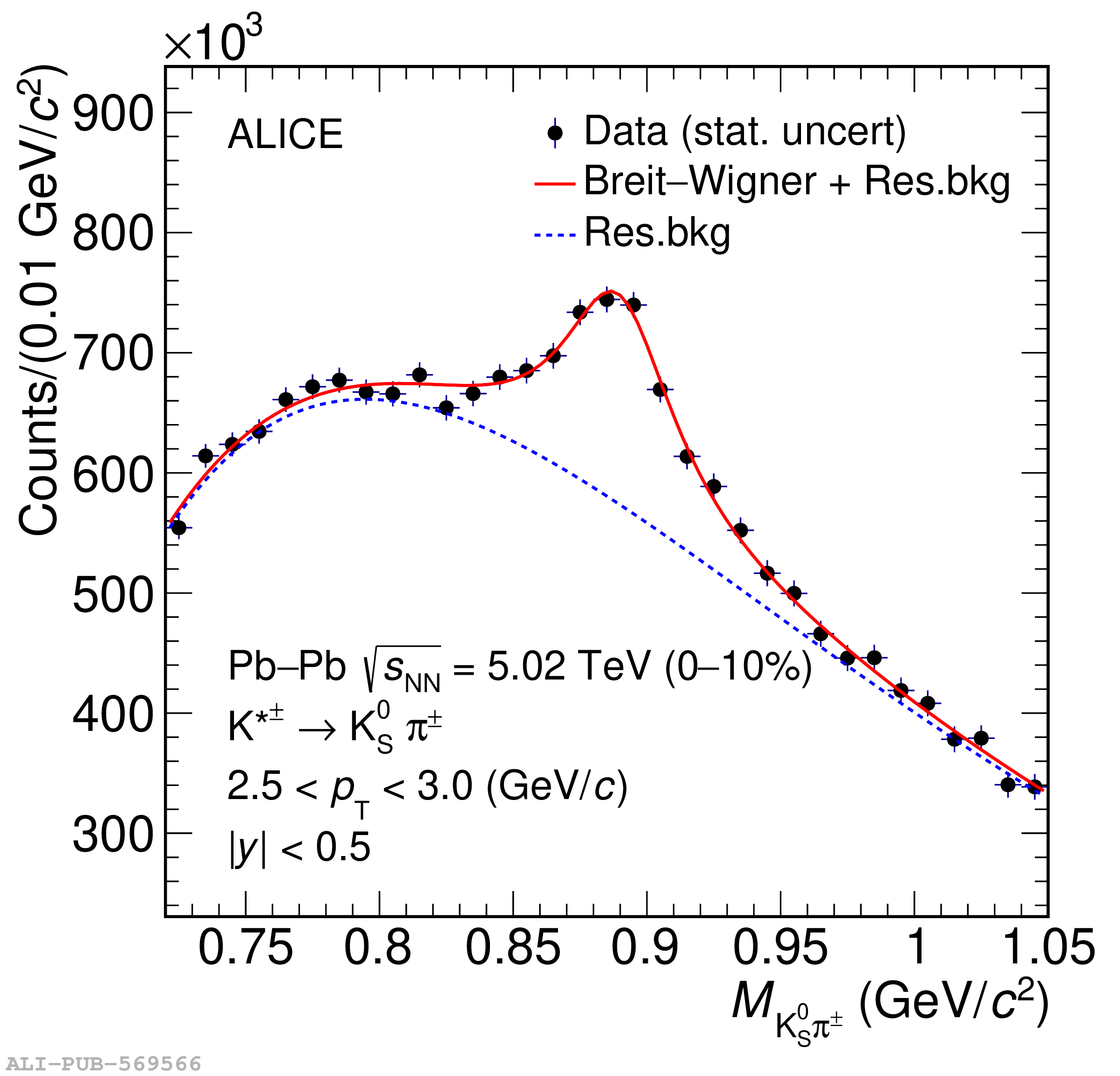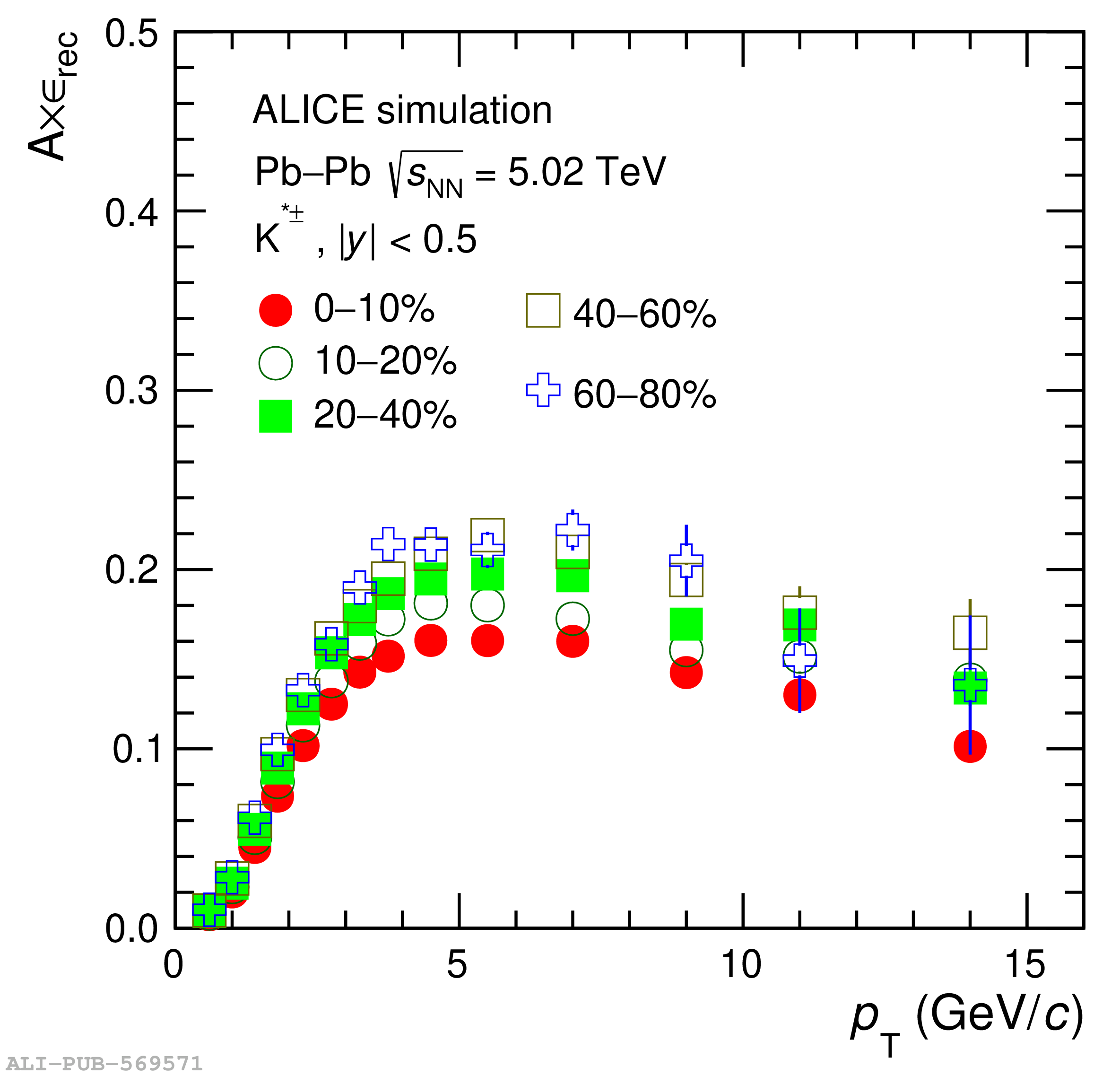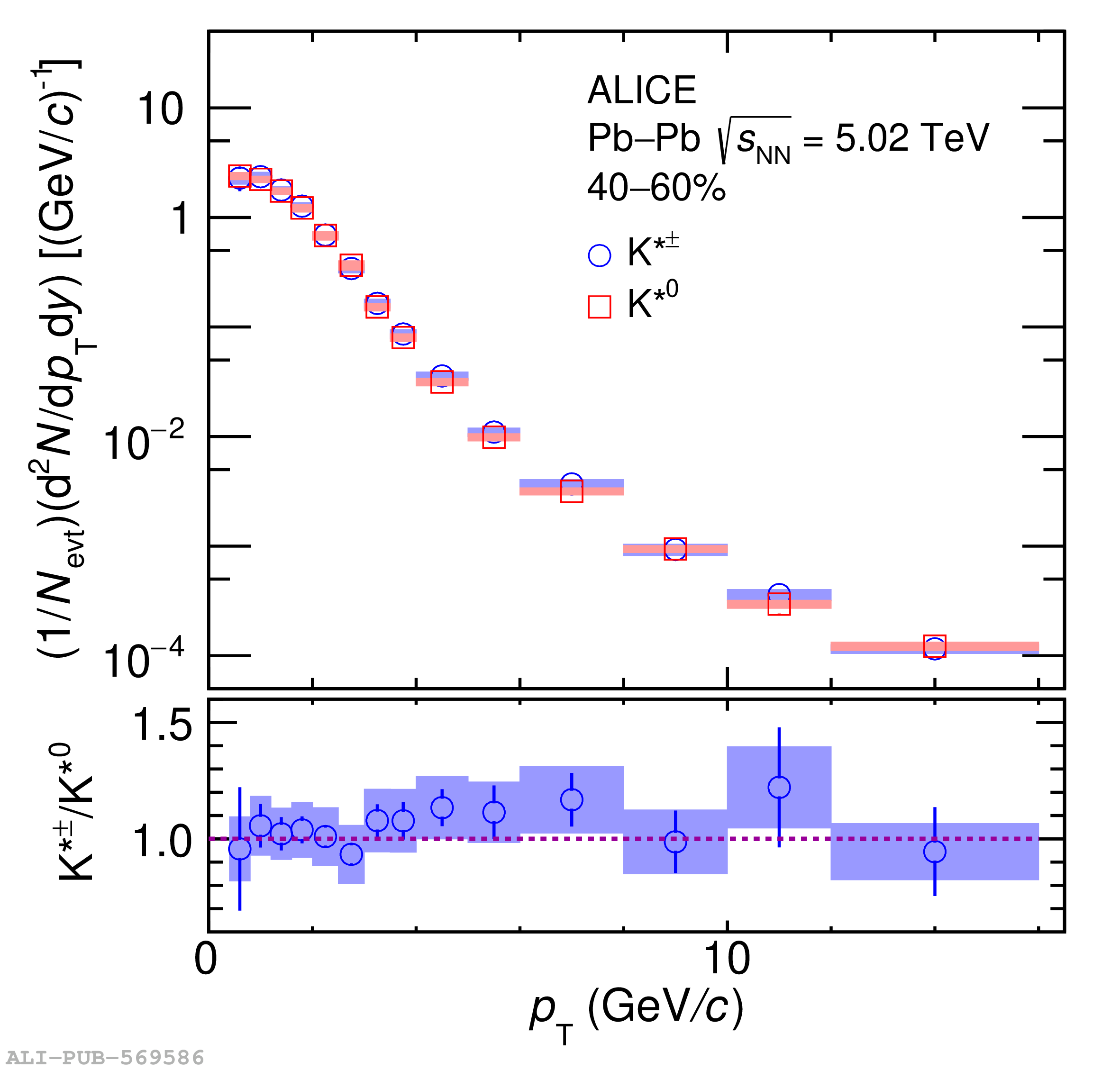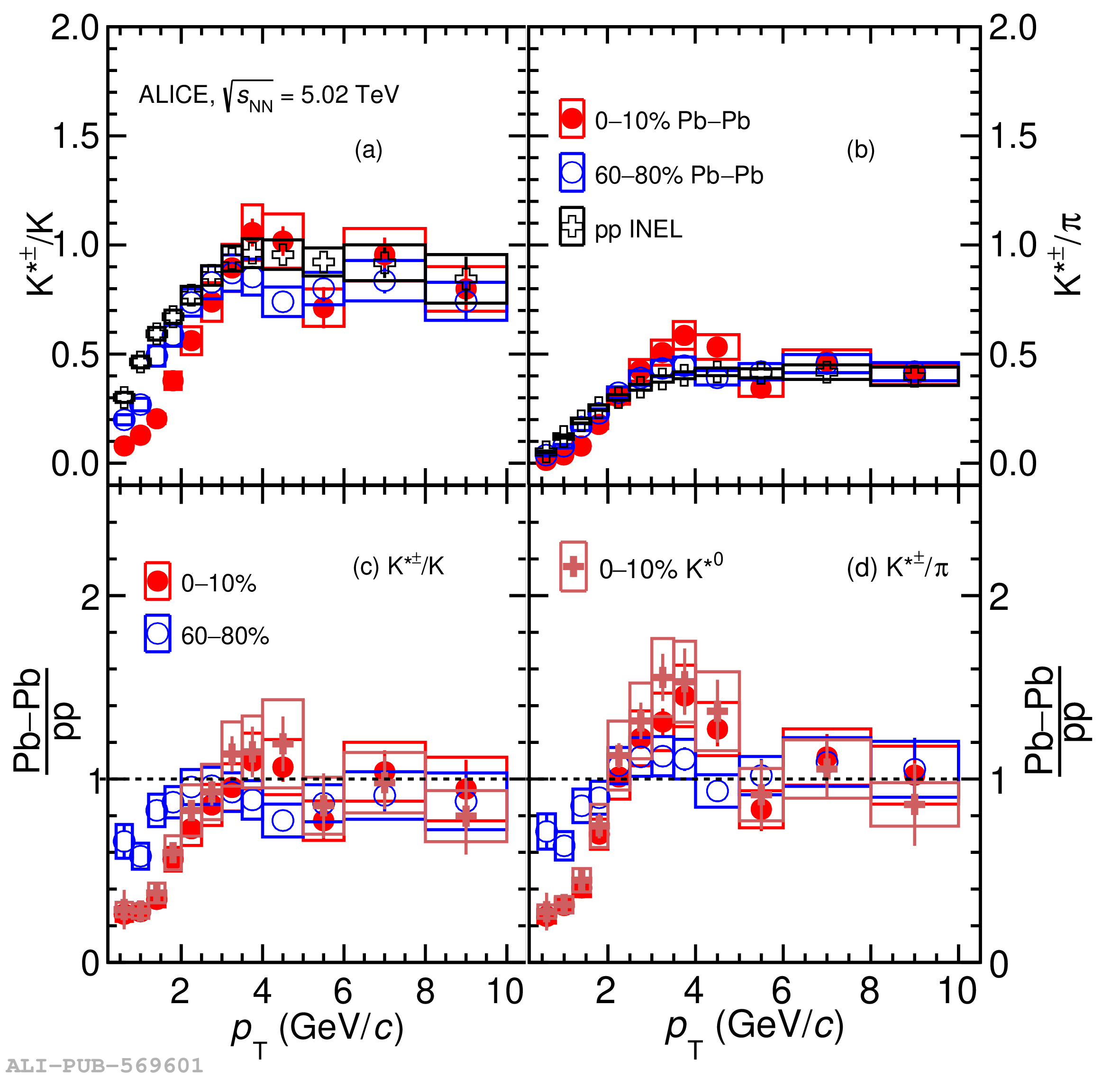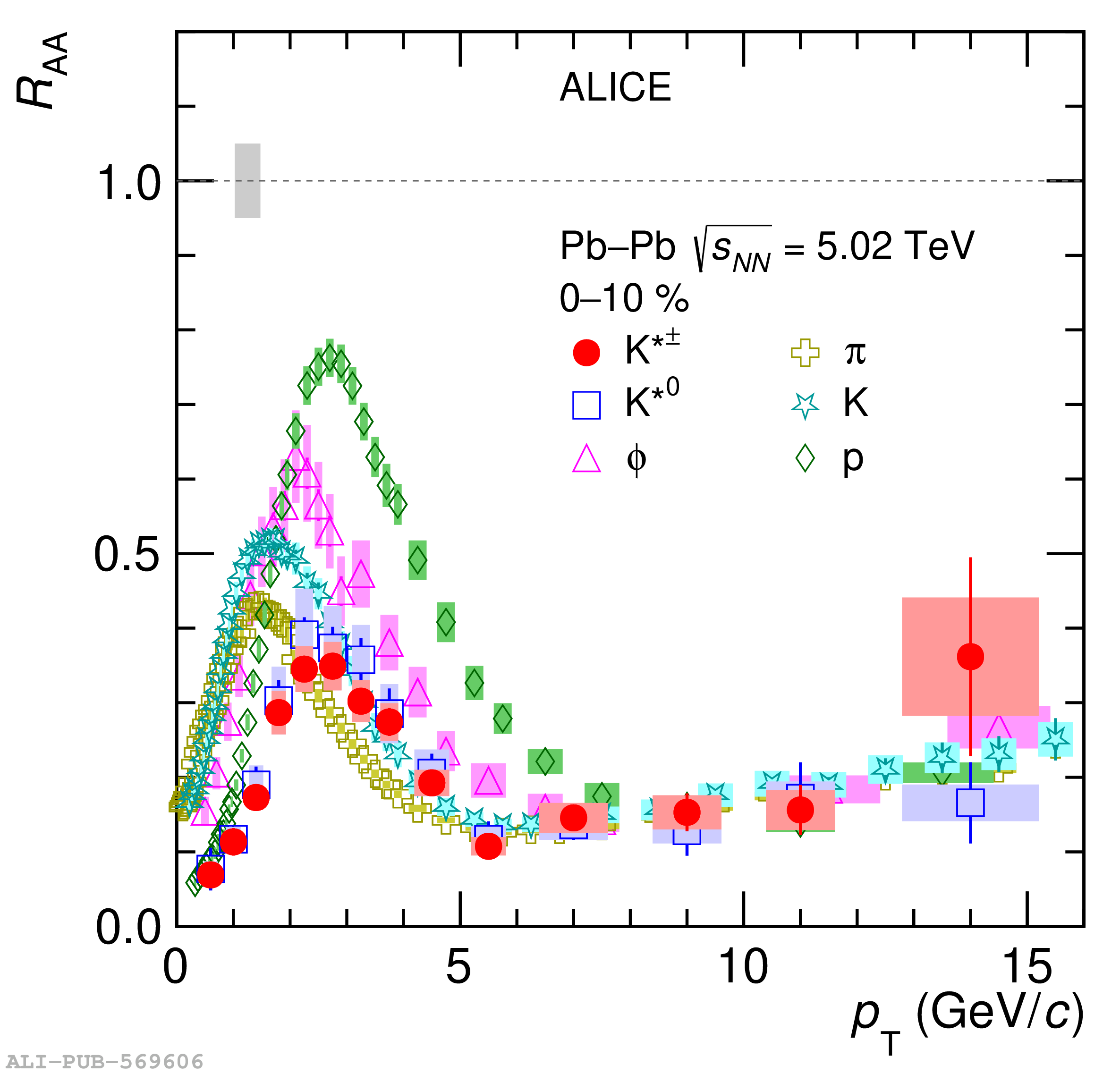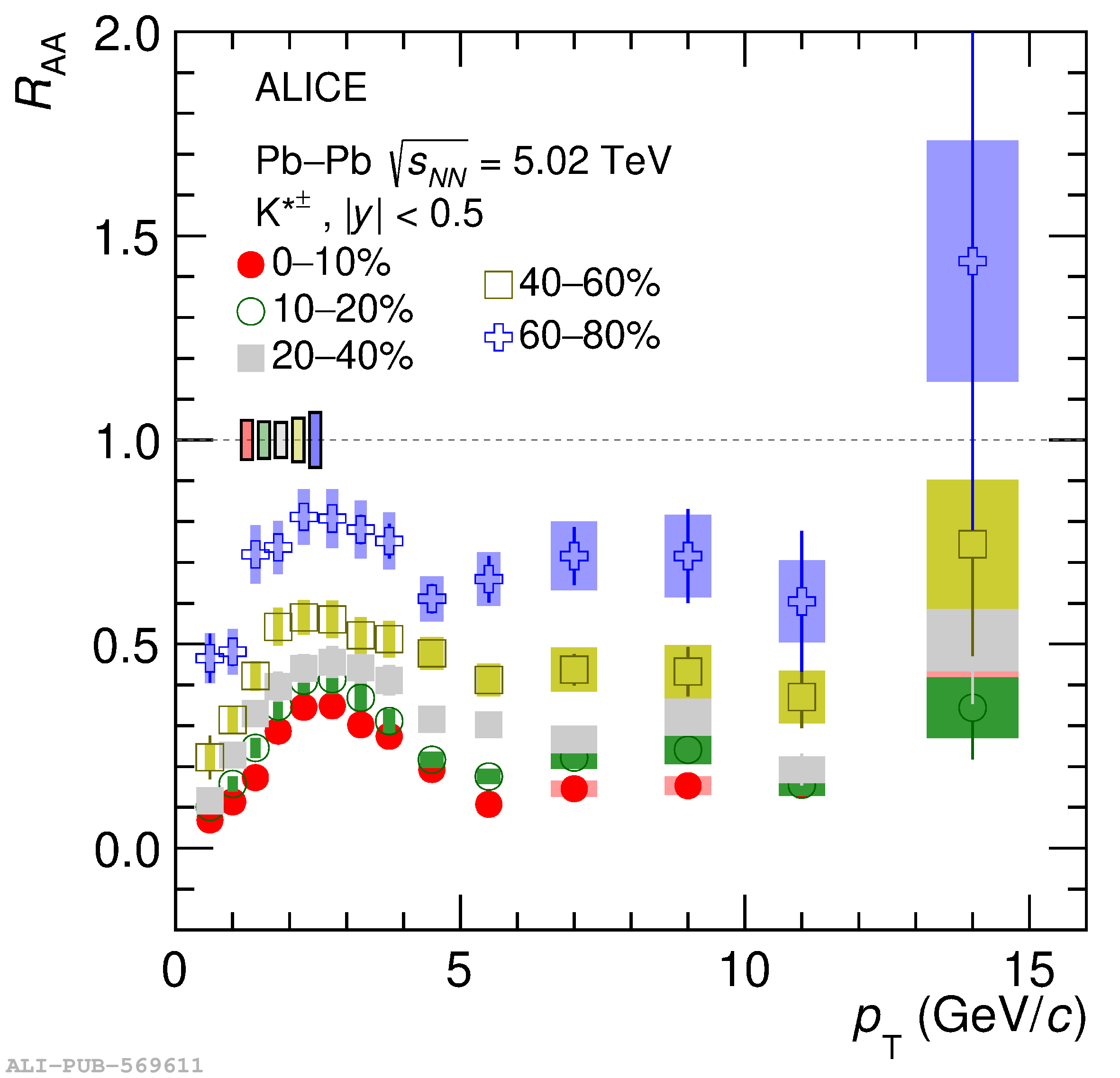The production of K$^*$(892)$^\pm$ meson resonance is measured at midrapidity ($|y|<~0.5$) in Pb-Pb collisions at $\sqrt{s_{\rm NN}}=5.02$ TeV using the ALICE detector at the LHC. The resonance is reconstructed via its hadronic decay channel K$^*$(892)$^\pm \rightarrow \rm{K^0_S \pi^\pm}$. The transverse momentum distributions are obtained for various centrality intervals in the $p_{\rm T}$ range of 0.4-16 GeV/$c$. The reported measurements of integrated yields, mean transverse momenta, and particle yield ratios are consistent with previous ALICE measurements for K$^*$(892)$^0$. The $p_{\rm T}$-integrated yield ratio 2K$^*$(892)$^\pm$/($\rm{K^+ + K^-}$) in central Pb-Pb collisions shows a significant suppression (9.3$\sigma$) relative to pp collisions. Thermal model calculations overpredict the particle yield ratio. Although both simulations consider the hadronic phase, only HRG-PCE accurately represents the measurements, whereas MUSIC+SMASH tends to overpredict them. These observations, along with the kinetic freeze-out temperatures extracted from the yields of light-flavored hadrons using the HRG-PCE model, indicate a finite hadronic phase lifetime, which increases towards central collisions. The $p_{\rm T}$-differential yield ratios 2K$^*$(892)$^\pm$/($\rm{K^+ + K^-}$) and 2K$^*$(892)$^\pm$/($\rm{\pi^+ + \pi^-}$) are suppressed by up to a factor of five at $p_{\rm T}<~2$ GeV/$c$ in central Pb-Pb collisions compared to pp collisions at $\sqrt{s} =$ 5.02 TeV. Both particle ratios and are qualitatively consistent with expectations for rescattering effects in the hadronic phase. The nuclear modification factor shows a smooth evolution with centrality and is below unity at $p_{\rm T}>8$ GeV/$c$, consistent with measurements for other light-flavored hadrons. The smallest values are observed in most central collisions, indicating larger energy loss of partons traversing the dense medium.
Physical Review C 109 (2024) 044902
HEP Data
e-Print: arXiv:2308.16119 | PDF | inSPIRE
CERN-EP-2023-176
Figure group


